Botany Bay, NSW, Australia
Botany Bay, situated in Sydney, New South Wales, is a place of profound historical and cultural importance. From its breathtaking natural beauty and rich Indigenous heritage to its pivotal role in European exploration and modern development, Botany Bay offers a captivating glimpse into Australia’s past and present. This blog post takes you on a journey through the key moments that have shaped Botany Bay’s history.
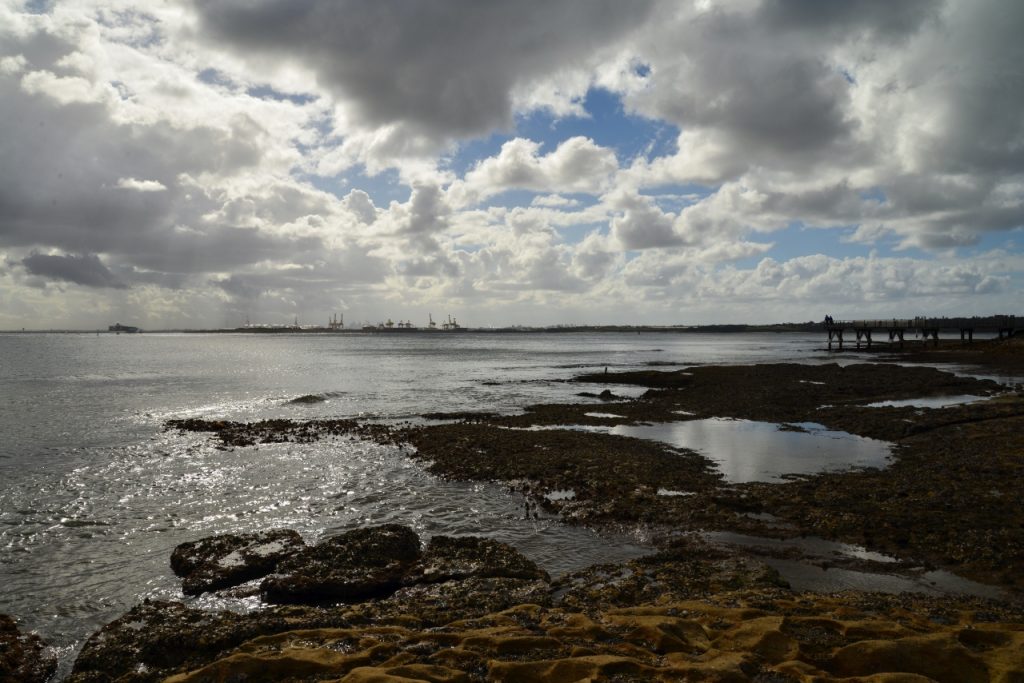
The Natural Beauty of Botany Bay
Nestled along the coast of Sydney, Botany Bay is celebrated for its stunning natural beauty. The bay’s crystal-clear waters, sandy shores, and verdant surroundings create a picturesque landscape. It is a sanctuary for marine life and a popular destination for recreational activities such as swimming, fishing, and boating. The tranquil environment and awe-inspiring views attract both locals and visitors, providing a serene escape from the urban hustle.
Indigenous Heritage
Long before European explorers set foot on its shores, Botany Bay was home to the Dharawal and Eora peoples. These Indigenous communities thrived in the area, living in harmony with the land and sea. Their rich cultural heritage is evident in the rock art and artifacts found around the bay, offering a window into their spiritual beliefs, daily life, and deep connection to the land. The Indigenous heritage of Botany Bay stands as a testament to the enduring presence and resilience of these communities.
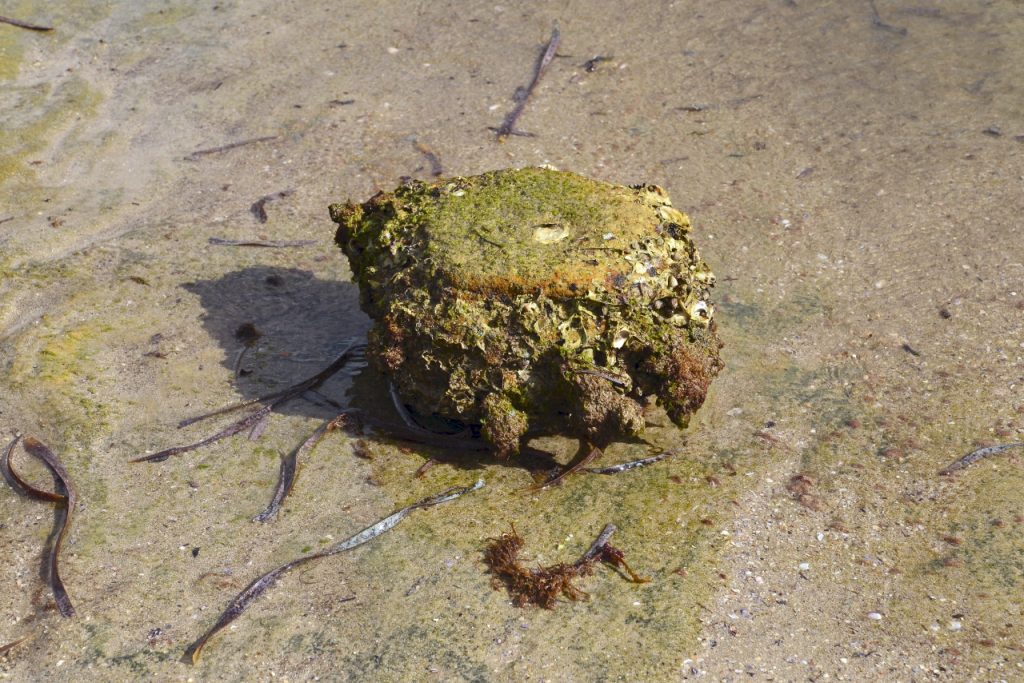
Captain James Cook’s Landing
On April 29, 1770, Captain James Cook and his crew aboard the HMS Endeavour made their historic landing on the eastern coast of Australia at Botany Bay. This event marked the beginning of European exploration and eventual colonization of the continent. Cook’s observations of the bay’s diverse plant life led to its naming as “Botany Bay.” This landing is a significant moment in Australian history, symbolizing the meeting of two worlds and the start of profound changes for the Indigenous peoples.
The Flora of Botany Bay
The name “Botany Bay” was inspired by the remarkable variety of plant life observed by Cook and his botanists, Joseph Banks and Daniel Solander. The bay’s unique flora includes species that were previously unknown to European science. The discovery of these plants sparked great interest and contributed to the field of botany. Today, the area remains a vital ecological site, with ongoing efforts to preserve its natural habitats and biodiversity.
Early European Settlement
Following Cook’s landing, Botany Bay was initially considered as the site for a British penal colony. However, the First Fleet, led by Captain Arthur Phillip, eventually settled in Port Jackson (Sydney Harbour) in 1788. Despite this, Botany Bay played a crucial role in the early years of European settlement. The bay’s strategic location and resources were vital for the fledgling colony’s survival and expansion. The early settlement period was marked by significant challenges, including conflicts with Indigenous peoples and the harsh Australian environment.
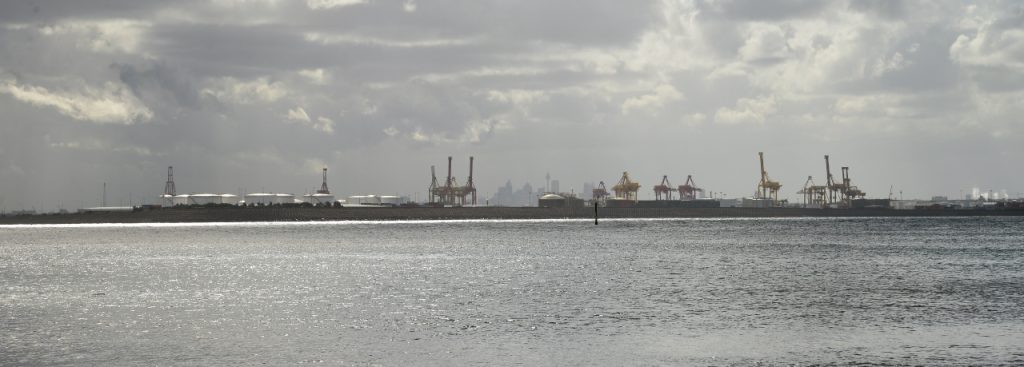
Modern Botany Bay
Today, Botany Bay is a bustling area that combines natural beauty with industrial development. Port Botany, located on the northern shore of the bay, is one of Australia’s largest cargo seaports. It plays a critical role in the nation’s economy, handling a significant portion of Australia’s import and export trade. Despite the industrial activity, efforts are ongoing to balance development with environmental conservation. Modern Botany Bay is a dynamic region that reflects both its historical significance and contemporary importance.
Controversy and Conflict
Botany Bay has been the center of various controversies and conflicts over the years. One of the most significant issues revolves around the impact of European colonization on the Indigenous peoples. The arrival of Captain James Cook and subsequent European settlers led to profound disruptions in the lives of the Dharawal and Eora communities, including the loss of land, exposure to new diseases, and violent conflicts.
Environmental concerns have also been a major controversy. The development of Port Botany and other industrial activities around the bay have raised significant environmental issues, such as pollution, habitat destruction, and the impact on marine life. Efforts to balance industrial growth with environmental preservation have often led to heated debates and legal battles.
Additionally, disputes over land use and development in the area have been ongoing. Proposals for new infrastructure projects, such as airport expansions and residential developments, have faced opposition from various groups concerned about further environmental harm and disruption to local residents.
The broader controversy of Australia’s colonial past also marks Botany Bay’s history. The celebration of events like Captain Cook’s landing is seen by some as a painful reminder of colonization and its lasting impacts on Indigenous peoples, leading to calls for greater recognition of Indigenous history and perspectives.
Join the Discussion
Botany Bay’s rich history and ongoing controversies offer a wealth of topics for discussion and reflection. We invite you to share your thoughts and perspectives on this fascinating area. Whether you have insights on the Indigenous heritage, opinions on environmental conservation, or reflections on the impact of European colonization, your voice is valuable.
How can we better honor and preserve the Indigenous heritage of Botany Bay?
What steps should be taken to balance industrial development with environmental conservation in the area?
How do you think the history of Botany Bay should be taught and remembered in schools and communities?
What are your thoughts on the current and future development projects around Botany Bay?
Join the conversation and contribute to the ongoing story of Botany Bay. Together, we can ensure that this remarkable site continues to inspire and educate future generations.
Conclusion
Botany Bay’s history is a tapestry woven with threads of natural wonder, cultural heritage, exploration, and development. From its Indigenous roots to its role in shaping modern Australia, the bay stands as a symbol of resilience and transformation. As we look to the future, it is essential to honor and preserve the rich legacy of Botany Bay, ensuring that its stories continue to inspire and educate generations to come.
Botany Bay, NSW, Australia – All Photographs By Mike Fernandes

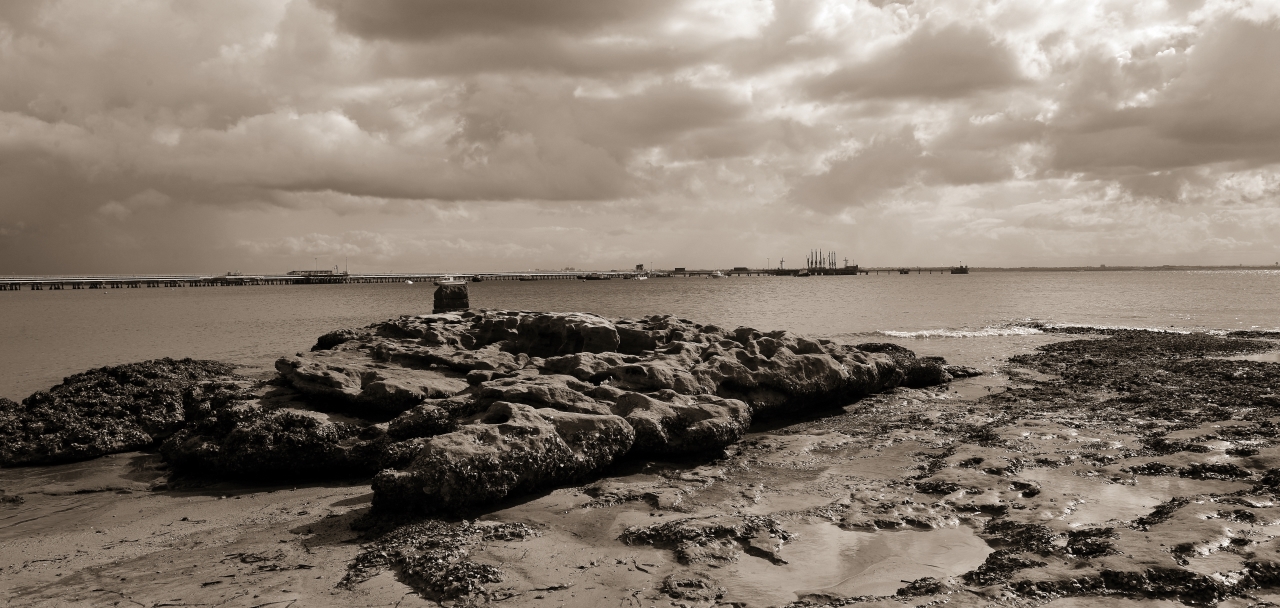
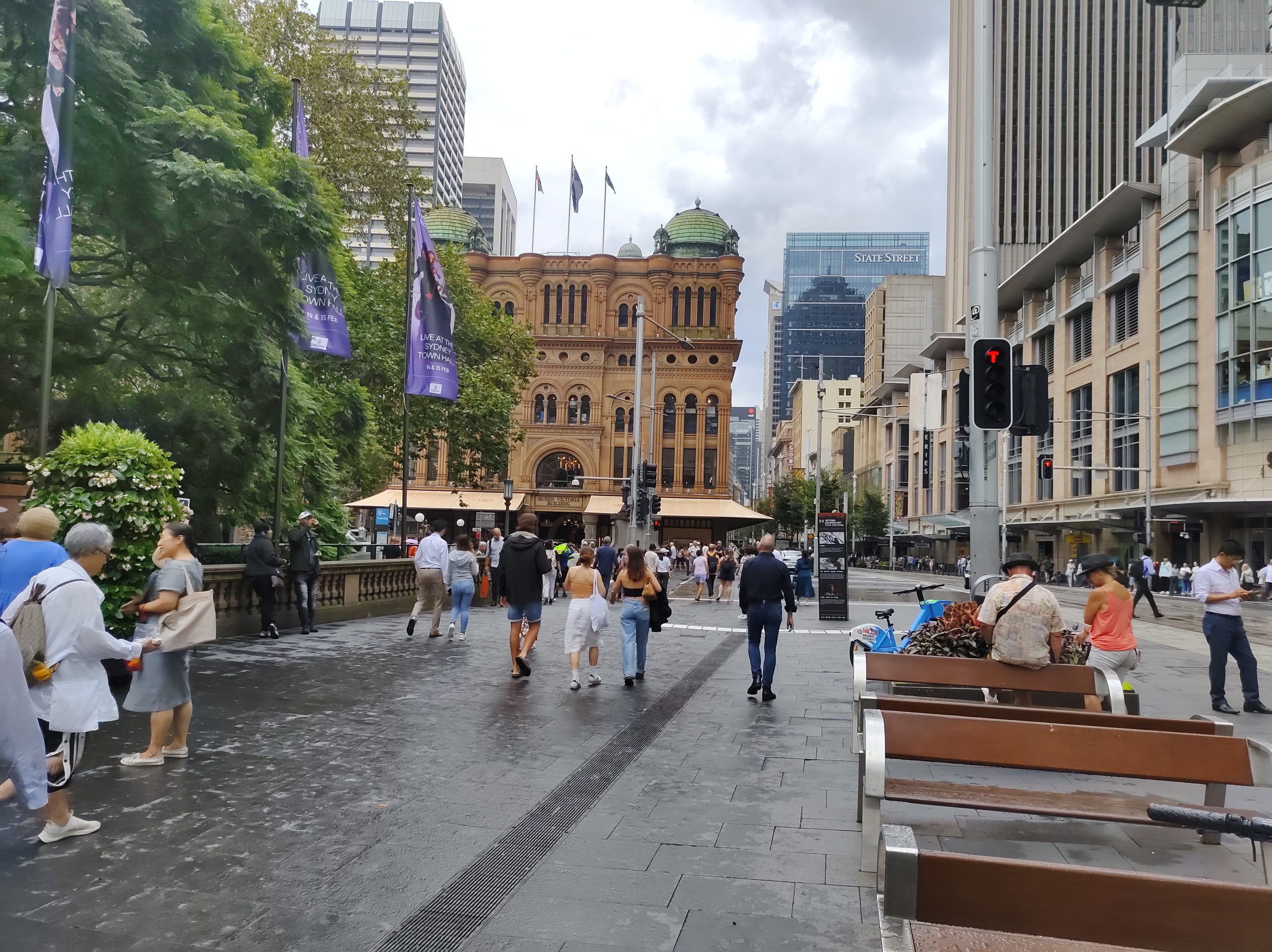

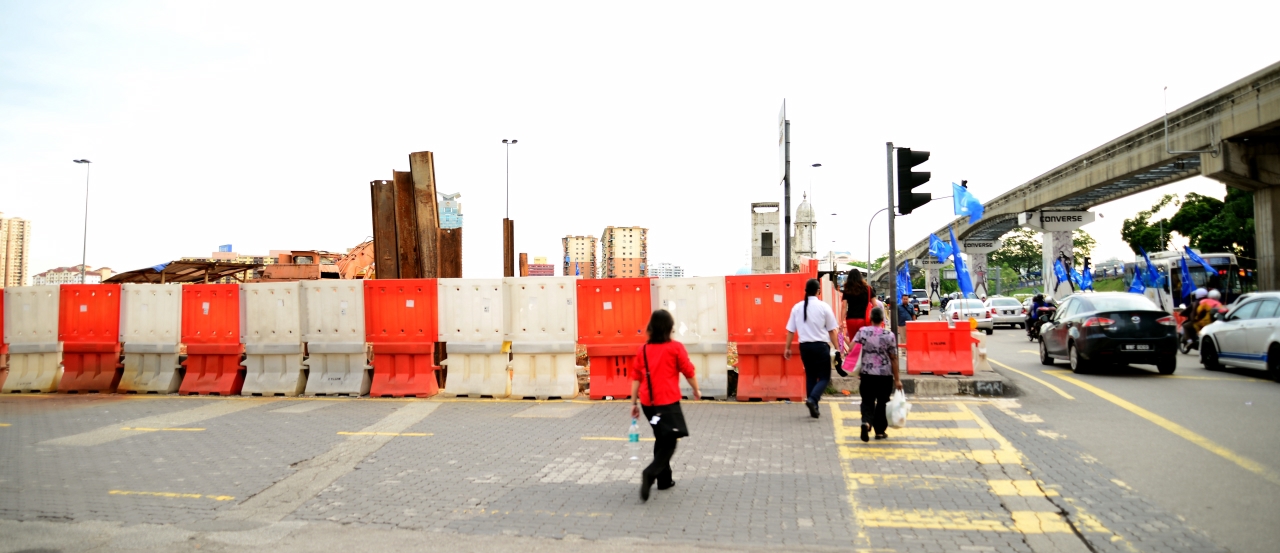
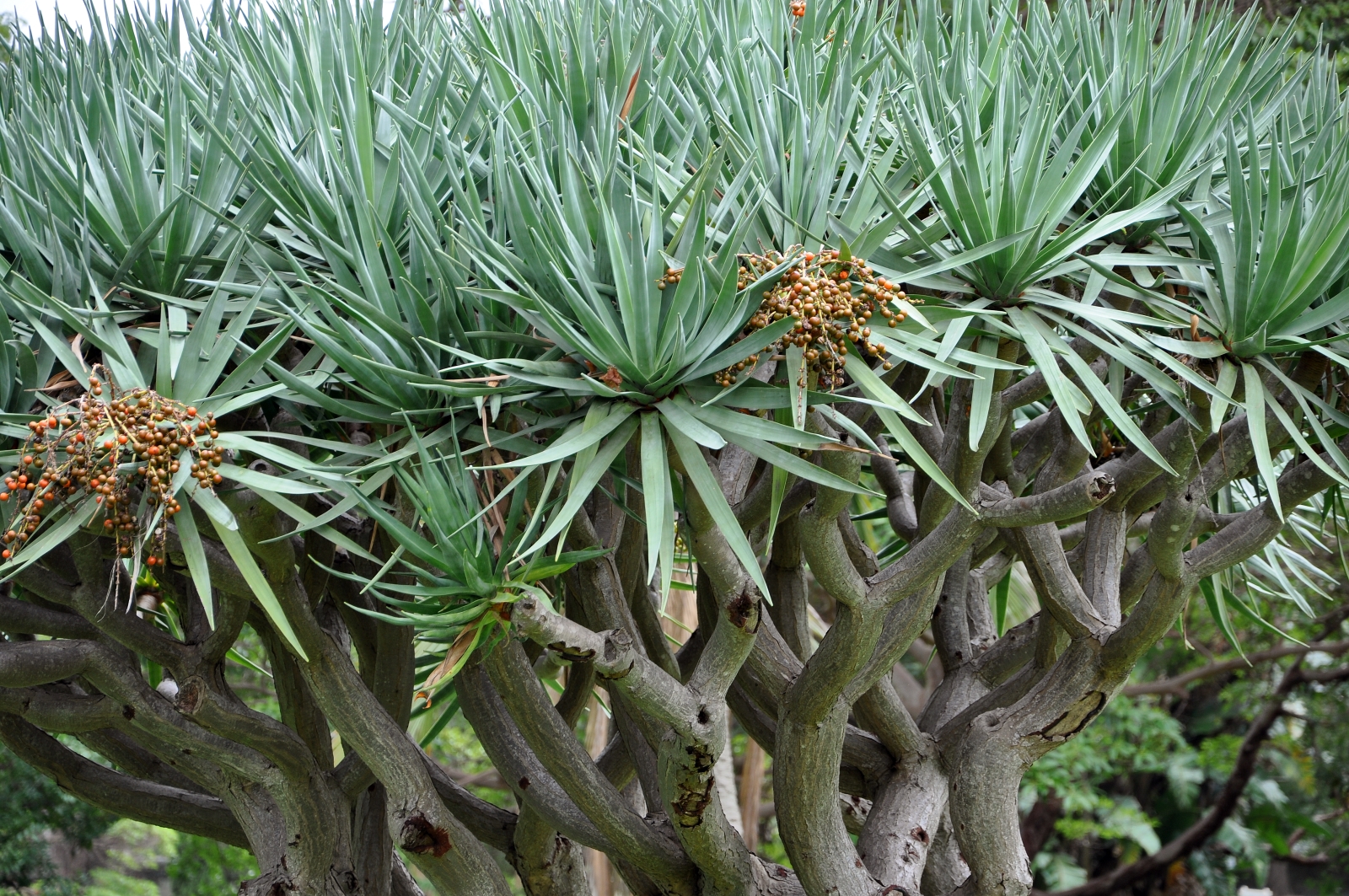
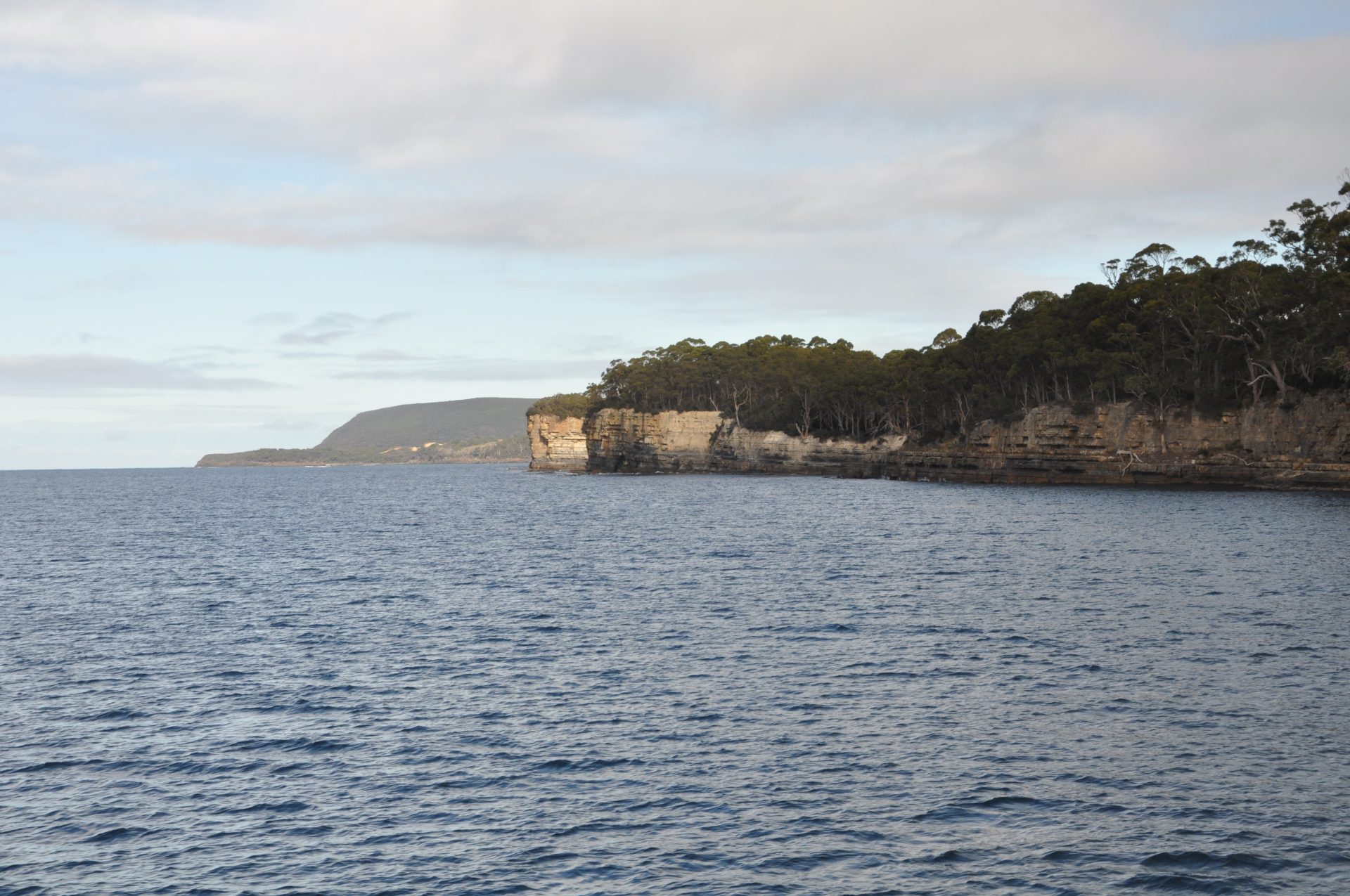


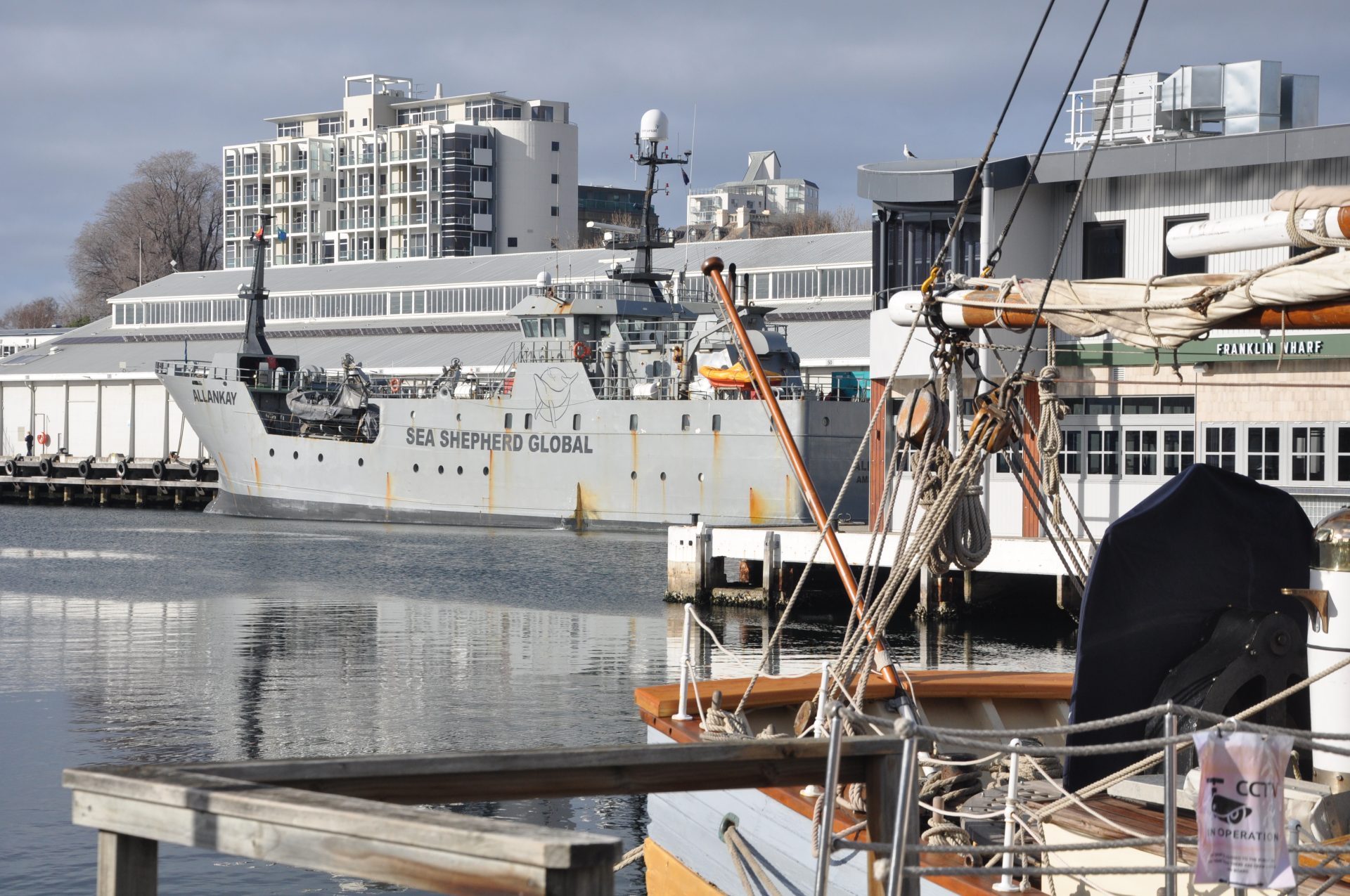
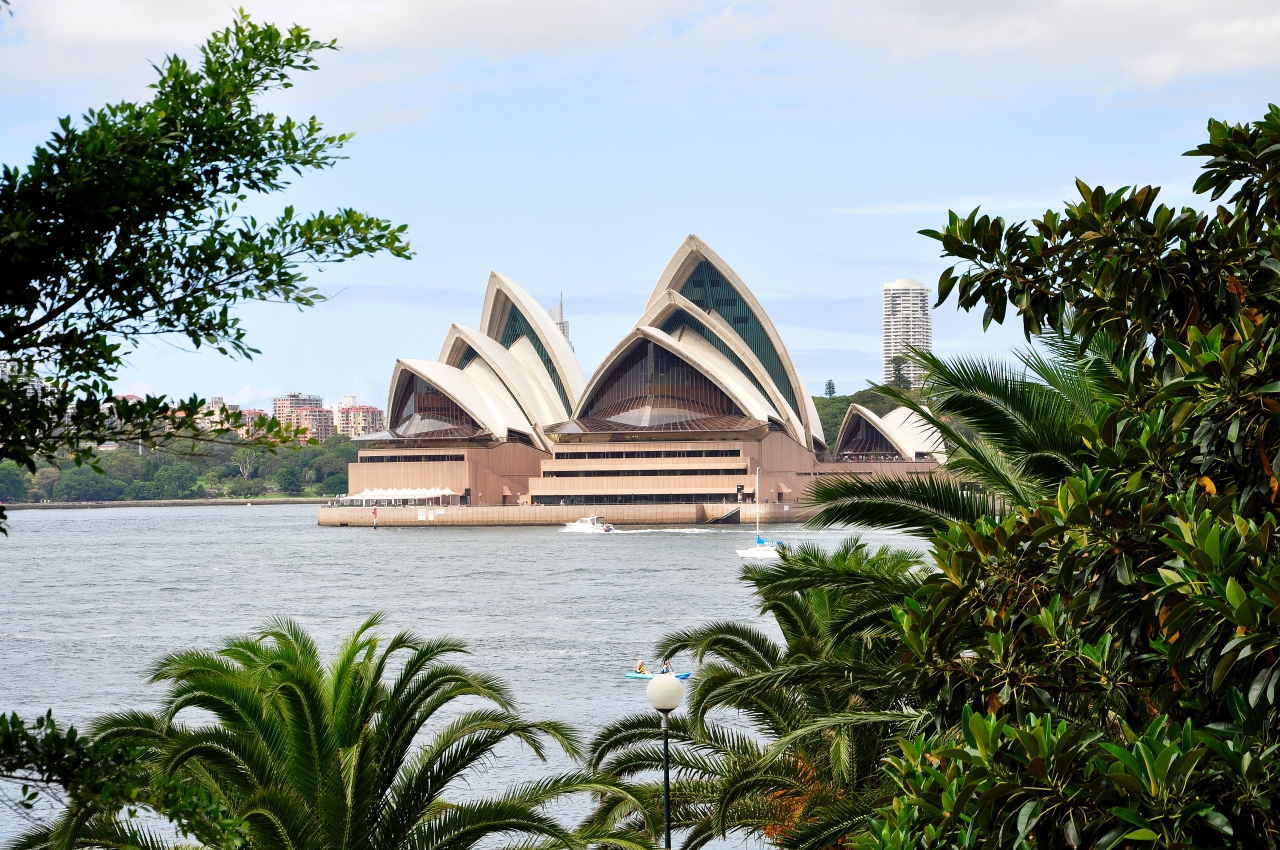

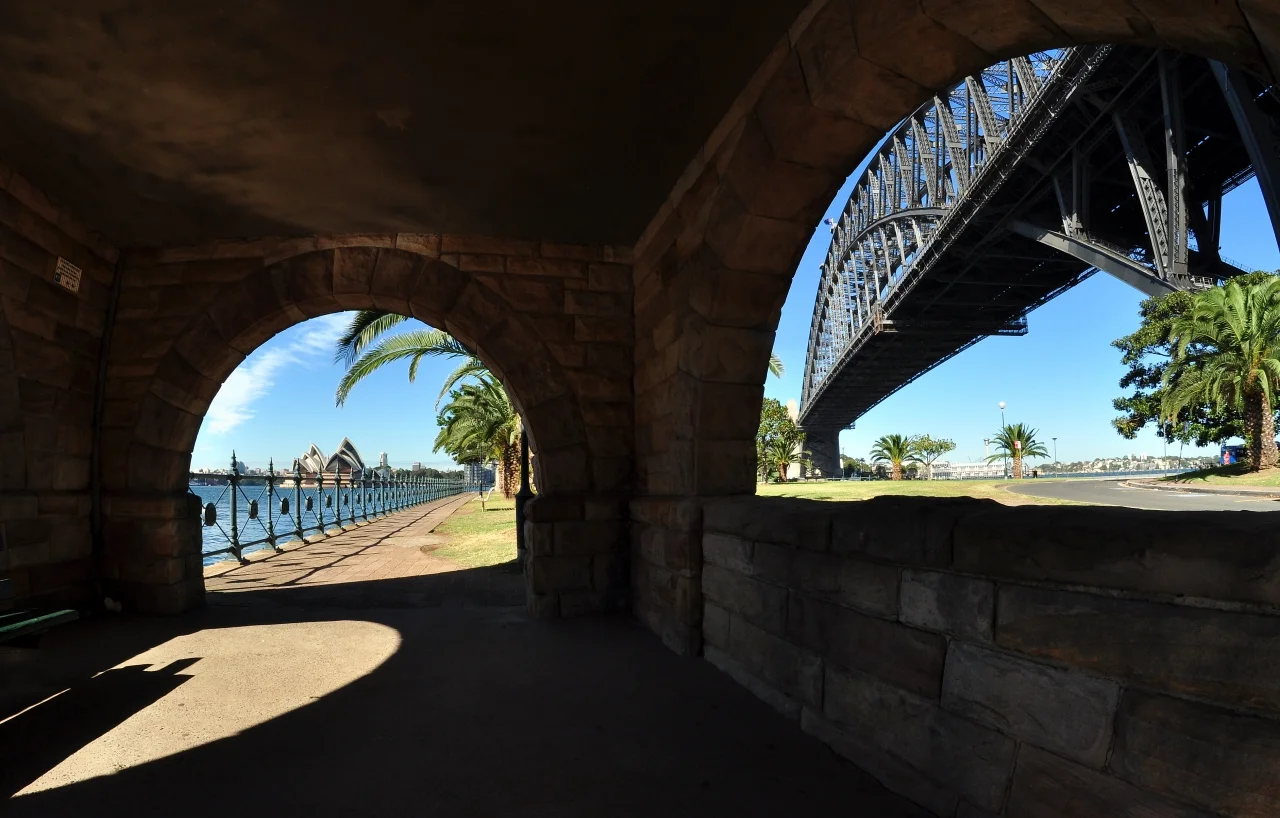
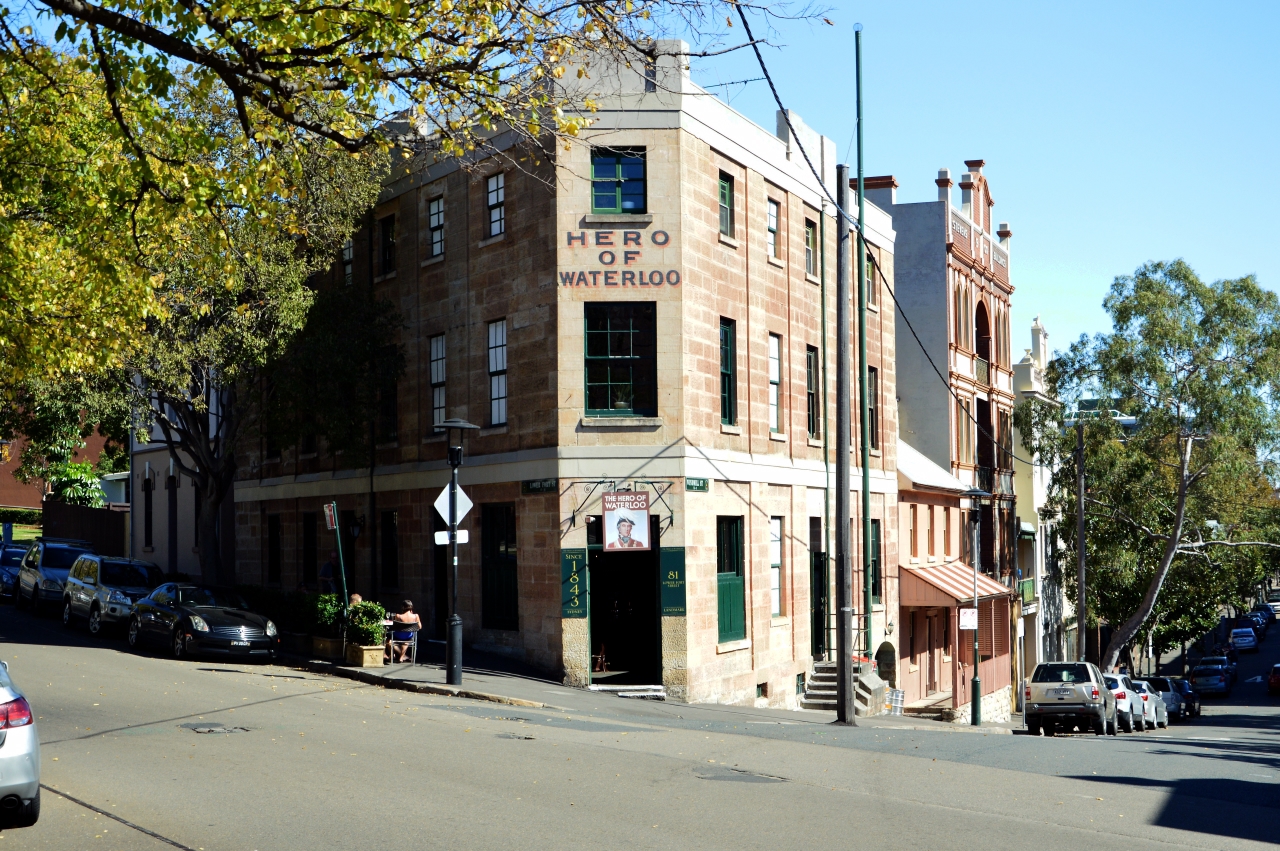
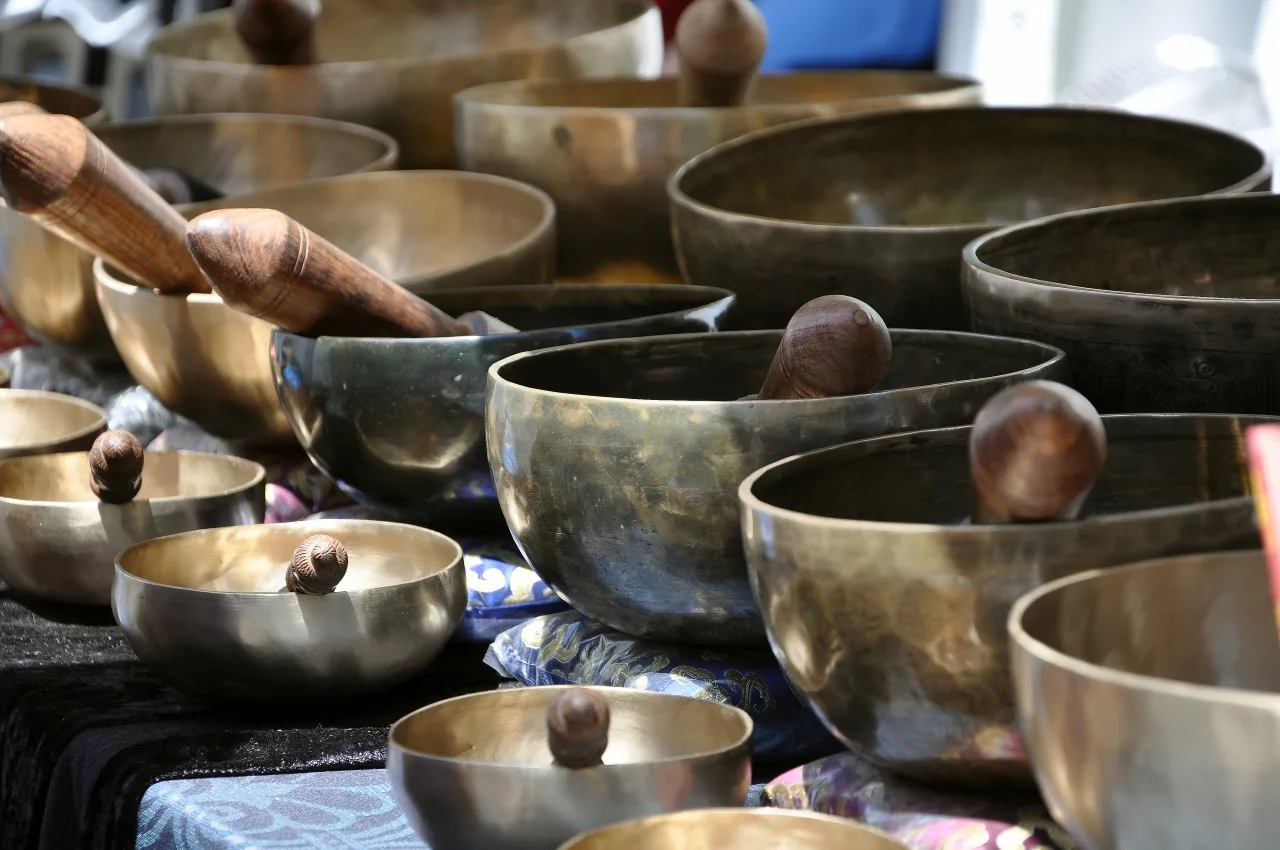
Powerful Sydney’s History & Tourism - PhotoChronicles
[…] Value Of History & TourismHistorical sites serve as living classrooms, providing valuable educational opportunities for both locals and visitors. They offer insights […]